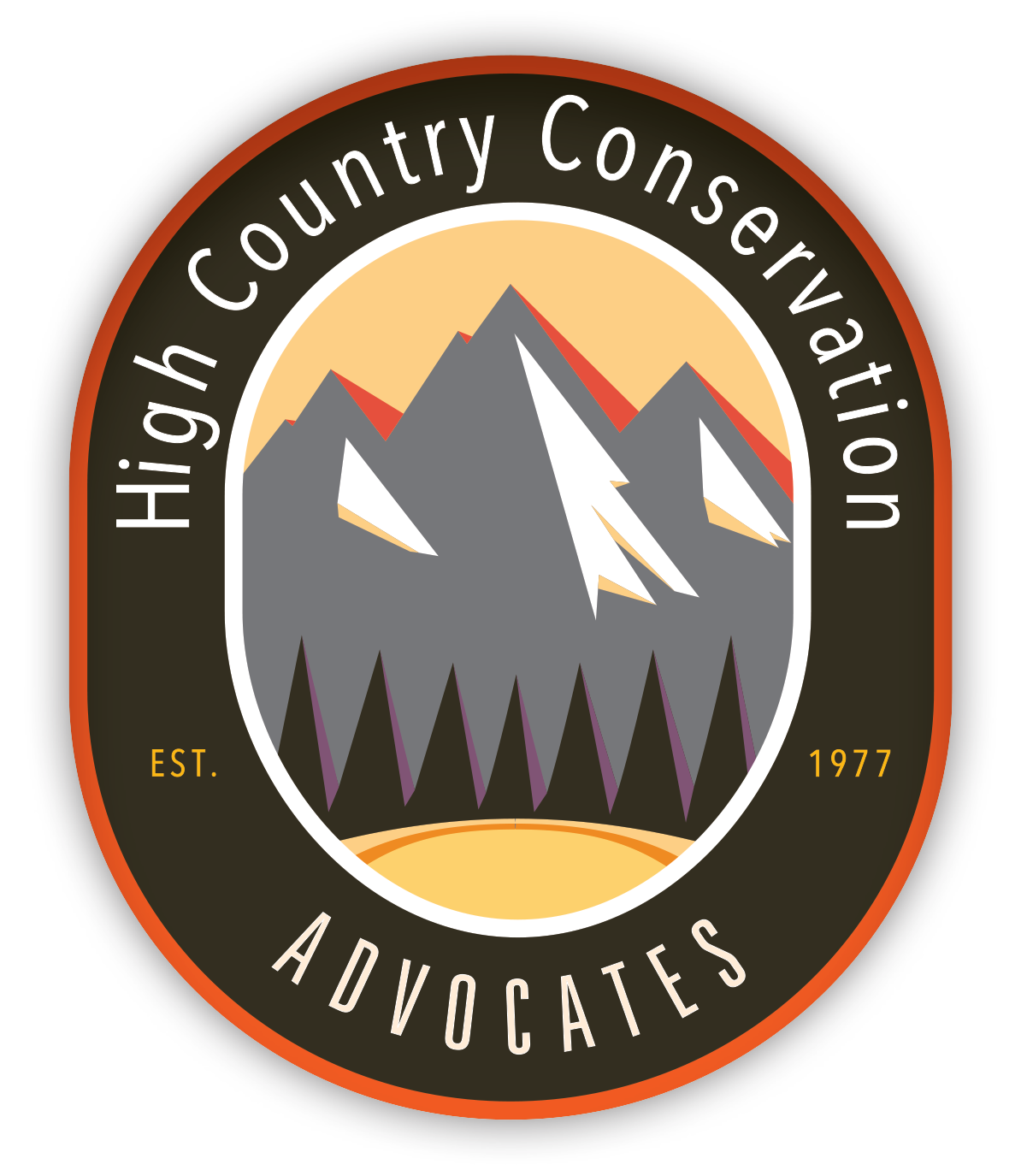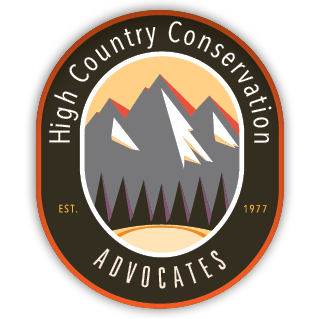Theres no room for new roads on our public lands
By Advocacy Director, Jon Hare
A recent application from a landowner to build a new road above Crested Butte is a good reminder that we don’t want new roads around here.
The new road that has been proposed would cut into Coon from the top of Trapper’s Crossing (an existing dead end) and would remove a swath of healthy timber as the road switchbacks for over a mile up Mt. Emmons across public lands managed by the US Forest Service and BLM to private property at 11,000 feet.
The suggestion for this new road across public lands highlights the very important reasons we don’t want new roads on our public lands:
It’s a priority to prevent the fragmentation of wildlife habitat and impacts to big game migration corridors.
It doesn’t make sense to remove hundreds of acres of healthy timber to build two homes.
The community finally secured legal winter access to Red Lady and a private road would create new limits on public access to this popular winter backcountry terrain.
The road would be visible from almost every location in the entire northern valley.
The local community has been working for over half a century to conserve the mountains surrounding Crested Butte– this new road that would create a zig zag of road and set back years of hard work to maintain our beautiful view sheds, conserve key private properties, and protect public lands.
Given these factors, there is too much at stake for the local community to give this new road, or any new road, a chance.
The larger reality is that our surrounding National Forest and BLM lands already contain a vast network of thousands of miles of existing roads and trails.
A great local example of the intersection of roads, trails, and undisturbed public lands is the Double Top Roadless Area which was designated by the 2001 National Roadless Rule and further buttoned up by the 2012 Colorado Roadless Rule.
This extremely popular area of public lands to the southeast of Crested Butte is wedged between Cement Creek Road and Brush Creek Road and already contains a vast network of roads and trails.
The biggest outcome from Roadless Area designation in the 24,000 acre Double Top Roadless Area is to prevent large new projects from impacting watershed health and fragmenting wildlife habitat, while giving people the ability to access vast acres of unspoiled public lands using existing roads, trails, and on foot in the backcountry.
Back in 2001 when the Roadless Rule first became official at the national level, the intention was to bundle up the remaining acres of public lands that were still connected and protect them to allow current and future multiple use management. This approach respects existing uses, like motorized recreation and mountain bikes, while prohibiting the two specific disturbances – timber harvest and new roads – which are known to have the most significant and destructive impacts.
Over the past twenty-five years, our Roadless Areas – designated by the Roadless Rule – have become some of the final landscapes with enough wide-open space to support multi-day hiking, biking, horseback, and motorized adventures, while leaving wildlife with just enough habitat to migrate and stay healthy.
Despite our enjoyment and need for Roadless Areas, in late June, Secretary of Agriculture Brooke Rollins, who oversees the US Forest Service, said her agency would begin rescinding the Roadless Rule on National Forest lands across the country.
With this stealthy rule change coming from the head of USDA—it’s important that public land users of all types understand the value of Roadless Areas. There are over forty Roadless Areas in the Gunnison Country where new roads and new timber harvest activities are prohibited on over 460,000 acres of National Forest land. Statewide, there are 363 Roadless Areas in Colorado, protecting 4.2 million acres.
The current attempt to rescind the Roadless Rule is really a diversion from the real conservation outcomes that would result from prioritizing and funding maintenance for existing roads on public lands.
Moving forward, we can actually create tangible conservation benefits by simply maintaining every mile of designated roads on public lands on a five year schedule. Road maintenance has the important conservation outcome of preventing downstream erosion which can have significant negative impacts to water quality and quantity, as well as to fish and people.
With limited resources and staffing, the federal land management agencies pull off important road maintenance projects each year—yet spring runoff, landslides, wildfires, and emergencies predominate their workload on a long list of roads across mountainous and difficult terrain.
Land management agencies need equipment, operators, and engineers to do more maintenance work like cleaning out ditches and water bars, implementing correctly sized culverts and bridges that allow aquatic connectivity, preventing water from channeling down roads, and armoring stream crossings.
Given the dependence of our local economy on public lands for hunting, fishing, recreation, grazing, and clean water—the Roadless Rule is clearly important to protect our public lands and should not be removed by Secretary Rollins.
The best way to speak up for the Roadless Rule is to call, email, or post to Senator Bennet and Representative Jeff Hurd and ask them to make the Roadless Rule a law by supporting the Roadless Area Conservation Act. Its also good to request more resources for the USFS and BLM so that they can effectively take care of our existing roads and public lands.
Also, a big thank you to Senator John Hickenlooper for becoming a sponsor of the Roadless Area Conservation Act which, if passed, would raise the Roadless Rule to become a nationwide law.
Locally, we are waiting to learn the outcome of the proposal for a new road to the highest elevations of Mt. Emmons. It’s clear the Gunnison County Land Use codes do not allow a road in this location – so let’s work together to prevent another scar on the mountain above town – support the opposition to a new road on Mt. Emmons and embrace the effort to prevent new roads on public lands.
Mountain biking in Double Top Roadless Area


